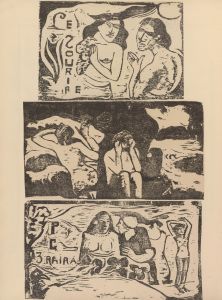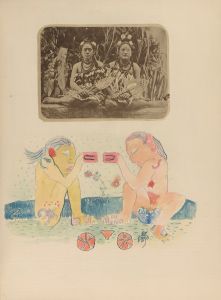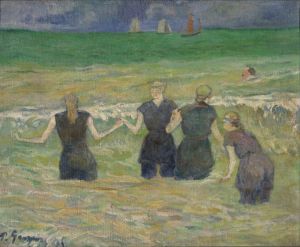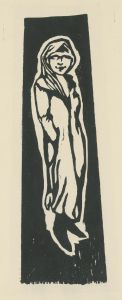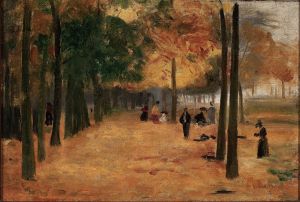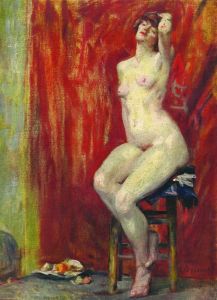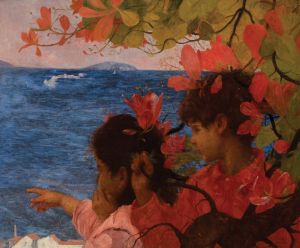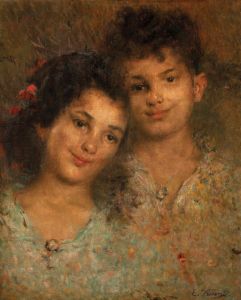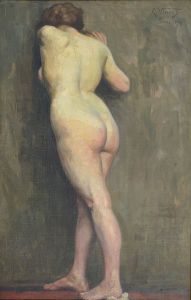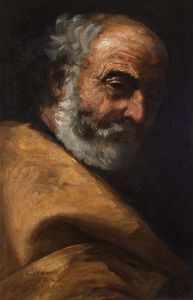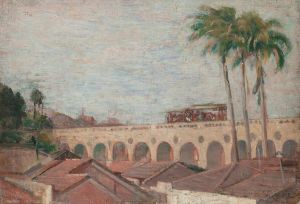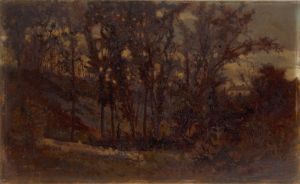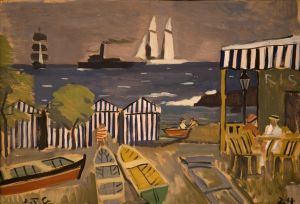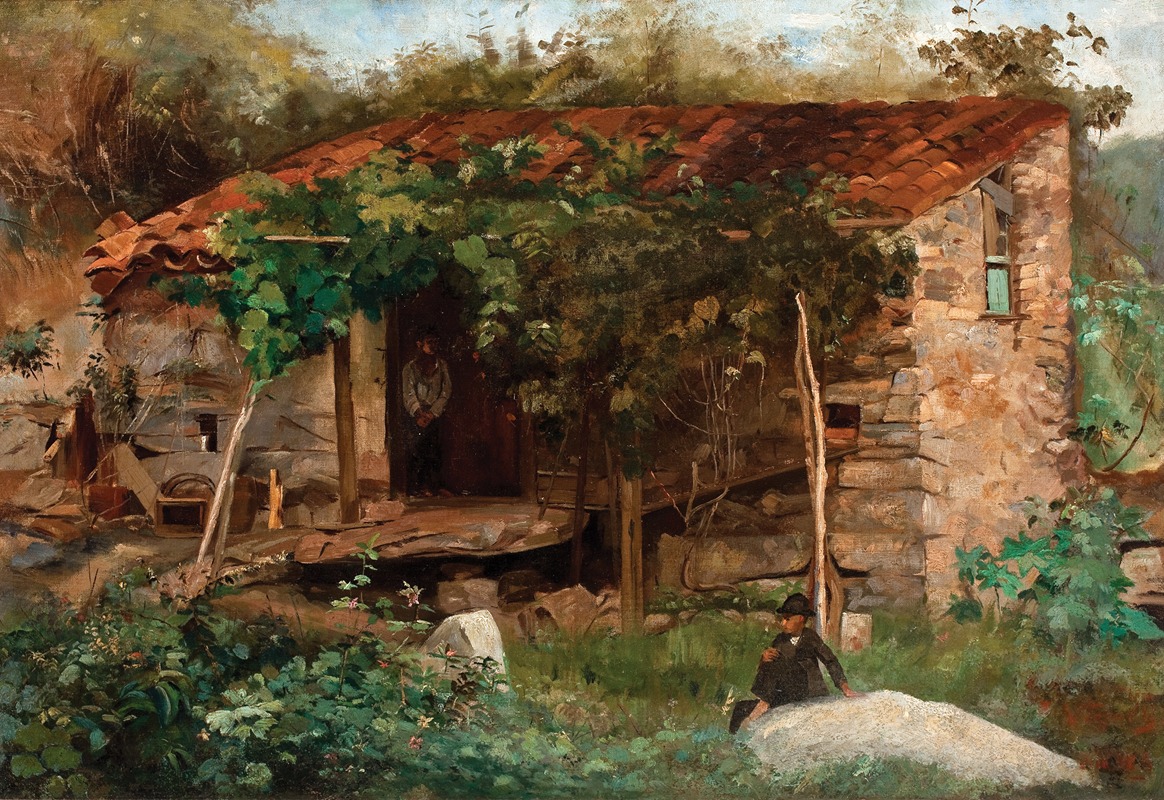
Casebre no fim da Praia do Flamengo
A hand-painted replica of Eliseu Visconti’s masterpiece Casebre no fim da Praia do Flamengo, meticulously crafted by professional artists to capture the true essence of the original. Each piece is created with museum-quality canvas and rare mineral pigments, carefully painted by experienced artists with delicate brushstrokes and rich, layered colors to perfectly recreate the texture of the original artwork. Unlike machine-printed reproductions, this hand-painted version brings the painting to life, infused with the artist’s emotions and skill in every stroke. Whether for personal collection or home decoration, it instantly elevates the artistic atmosphere of any space.
"Casebre no fim da Praia do Flamengo" is a painting by the Brazilian artist Eliseu Visconti. Visconti, born in 1866 in Salerno, Italy, and later naturalized as a Brazilian, is considered one of the most significant figures in Brazilian art history. He was a pioneer in introducing Impressionism to Brazil and played a crucial role in the development of modern art in the country.
The painting "Casebre no fim da Praia do Flamengo" translates to "Shack at the End of Flamengo Beach." It depicts a modest dwelling situated at the far end of Flamengo Beach, a well-known area in Rio de Janeiro. This work is notable for its detailed portrayal of the natural landscape and the simplicity of the human habitation within it. The painting captures the essence of the Brazilian coastal environment, characterized by its lush vegetation, serene waters, and the interplay of light and shadow.
Visconti's technique in this painting reflects his mastery of Impressionist principles, with a focus on light, color, and atmosphere. The brushwork is loose and expressive, capturing the fleeting effects of light on the landscape. The use of vibrant colors and the careful attention to the natural surroundings are hallmarks of Visconti's style, which often sought to convey the beauty and tranquility of the Brazilian environment.
Eliseu Visconti studied at the Liceu de Artes e Ofícios and the Imperial Academy of Fine Arts in Rio de Janeiro. He furthered his education in Europe, attending the École des Beaux-Arts in Paris and studying under prominent artists such as Jean-Léon Gérôme. His exposure to European art movements, particularly Impressionism, greatly influenced his work upon his return to Brazil.
Throughout his career, Visconti received numerous accolades and participated in various exhibitions, both in Brazil and internationally. His contributions to Brazilian art extended beyond painting; he was also involved in decorative arts, theater set design, and teaching. Visconti's legacy is evident in his diverse body of work, which includes portraits, landscapes, and genre scenes, all marked by his distinctive style and innovative approach.
"Casebre no fim da Praia do Flamengo" is an exemplary piece within Visconti's oeuvre, showcasing his ability to blend European artistic techniques with Brazilian themes and settings. The painting not only highlights the natural beauty of Rio de Janeiro but also reflects the artist's deep connection to his adopted homeland. Visconti's work remains influential in the study of Brazilian art history, and his paintings are held in high regard by art historians and collectors alike.
Today, Eliseu Visconti's works can be found in major museums and private collections, both in Brazil and around the world. His contributions to the development of modern art in Brazil continue to be celebrated, and his paintings, including "Casebre no fim da Praia do Flamengo," are cherished for their artistic merit and historical significance.






